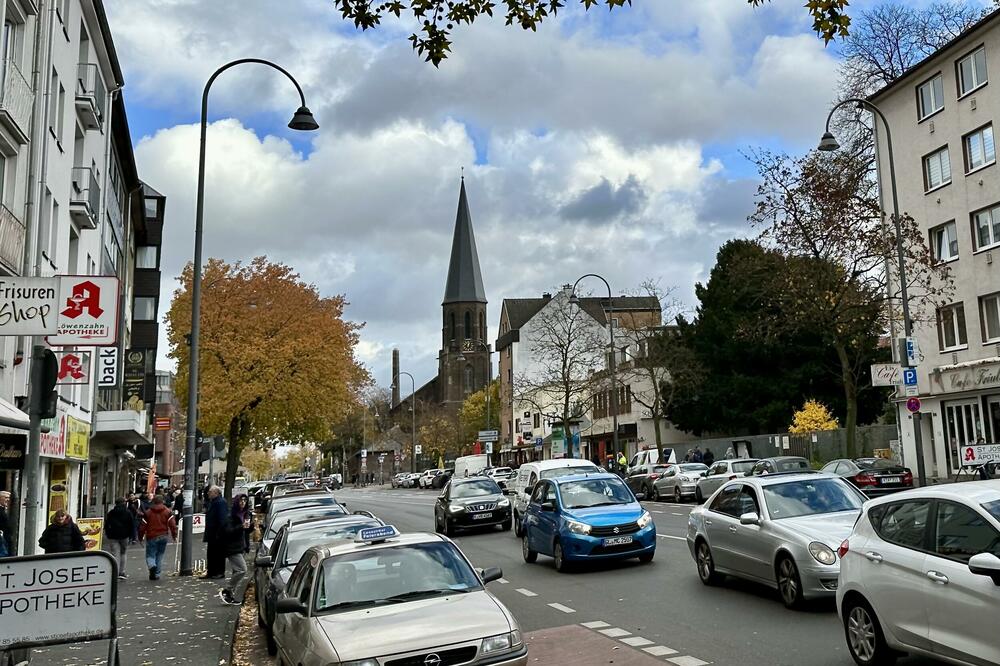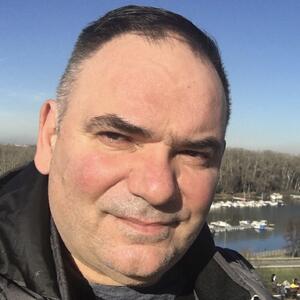The plane descends through thick, November clouds. Autumn in Poraine is as I remember it - gray and wet. Cologne-Bonn Airport is a kind of home port for me. From here, I often flew to exciting parts of the world.
The journey to my new address in Cologne - which is on the right bank of the Rhine, in Kalk - will prove to be painful. It rained unusually heavy for autumn, the train bus that normally runs to Cologne dropped us off on the outskirts of the city because of some construction work. The buses that took over the role of the missing rail vehicle were full of nervous people. In the transport, I had enough time to think about my new neighborhood.
Kebes Underground is a band from Cologne's South City. One of his carnival hits is called "I've never been to Cologne Kalk before". Confinement to its quarter shows the mental structure of the palanquin. This is a characteristic of Cologne. But a song like this is also a sign that from the left bank of the Rhine, where the cathedral is, Kalk is seen as a kind of wild, recalcitrant foreign country.
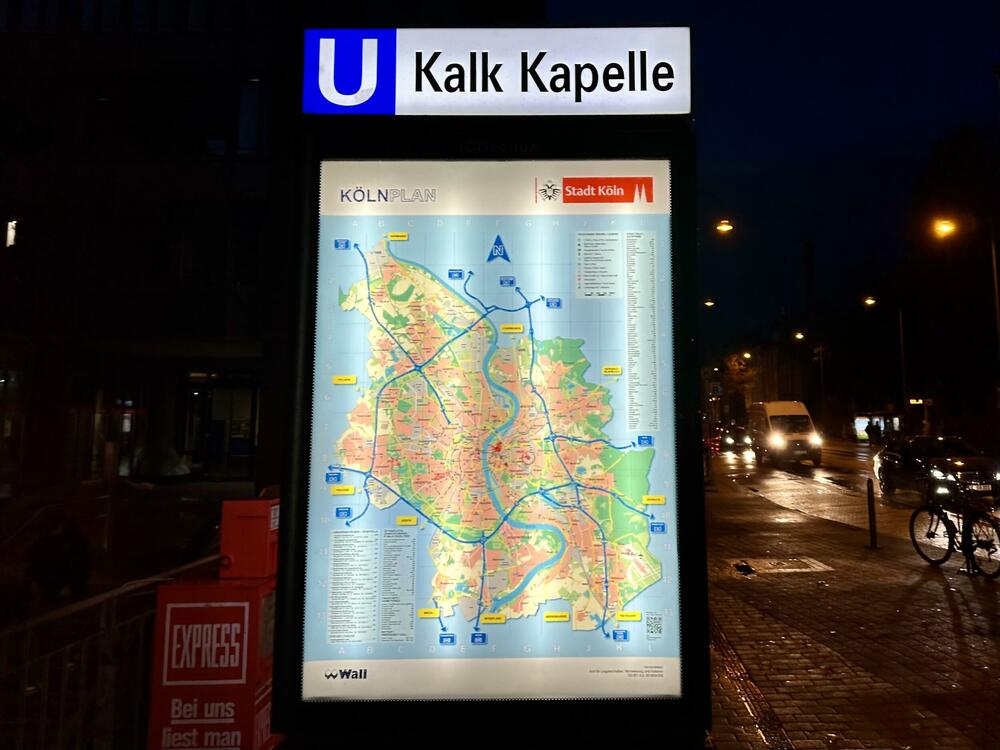
When I arrived at the Kalk-Kapela station, it was already dark. The windows of the library in the City Hall, the administrative heart of this part of the city, glowed with pleasant light. Five more minutes and I'm in front of my entrance. A dozen bell buttons. Dedović is written next to one of them.
Kalk and prejudice
"Everything bad in this world comes from Nipes, Kalk and Ehrenfeld". This is a saying that anyone who has stayed in Cologne for even a while has heard. I am thinking about the prejudices of the central city areas towards the working-class peripheries. The people of Dorćol probably think the same about people from Rakovica. Fate wanted me to experience the life of Cologne in all three mentioned regions in these few decades. In Erenfeld I wrote the best pages about love. In Nipes, I loved wandering around the Turkish market and smelling the tomatoes on the stalls, conjuring images from my childhood. Admittedly, for a time I also lived in the south of the city, in an area that is now considered very popular, and once, like all three bad destinations from the Cologne proverb, was a bit neglected. In the meantime, two of the three condemned areas have come out in good standing, which can be read from the rising prices per square meter of residential space in Ehrenfeld or Nipes. First, students in search of cheap apartments settled there along with workers and guest workers from all over the world.
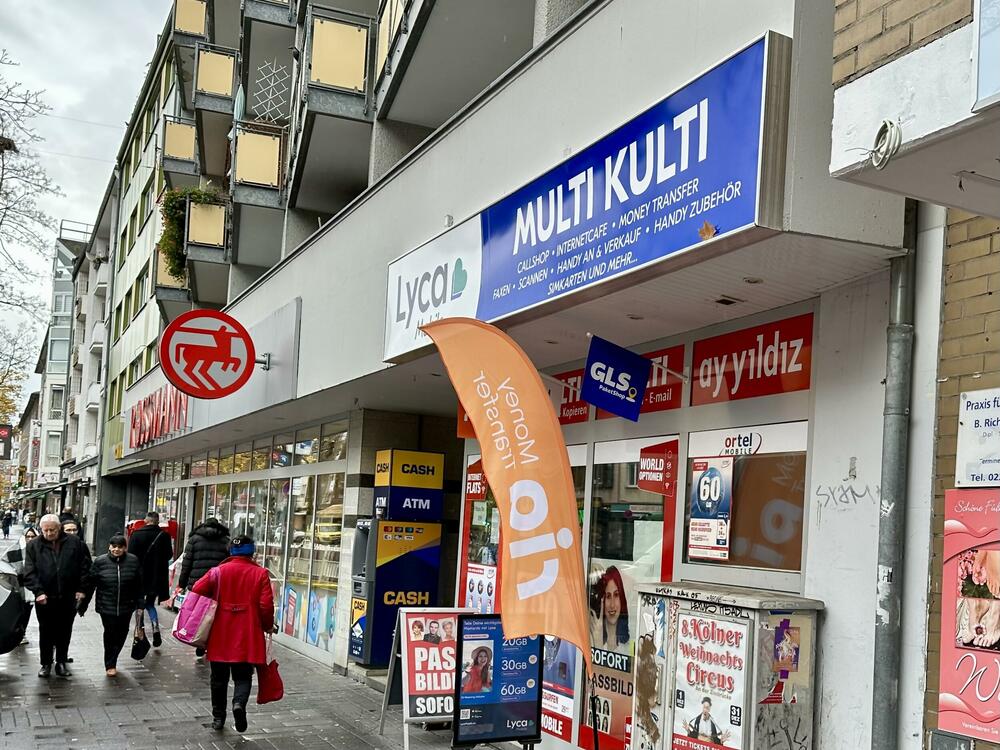
Then came artists, libertarian spirits from liberal professions, designers, architects, programmers, media workers. Then the others come - lawyers, doctors, educators. They are starting to arrange this part of the city according to the requirements of the new tenants. Fancy bars are opening, along with oriental, Asian and Latin American restaurants. Vegan supermarkets, yoga centers. Should we say that at the end of that process, such multicultural neighborhoods become alternative meeting places for young bourgeois and salon leftists? I see all that in the beginning and in Kalka.
Multi-culture lime
The former workers' quarter, located between the bell towers of two red brick churches - Marijina and Jozefova - was already filled with foreigners in the XNUMXs. As soon as I left the apartment, on one of the main squares in the area, which are built geometrically precisely as rectangles, I see a group of protesters and a blue police patrol.
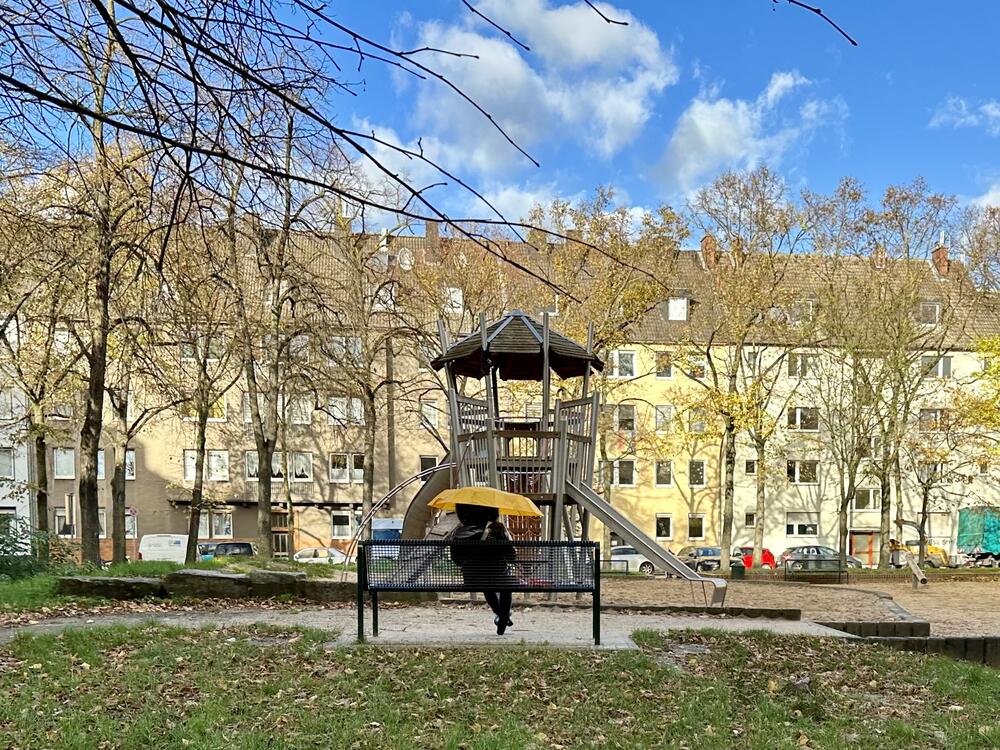
A girl shouts into a megaphone: “Stop the war. Workers do not shoot workers". To my great regret, the left-wing romantic slogan has not helped to stop or prevent a single war so far. Workers' parties of developed countries, let's recall, voted for war loans before the Great War. It has remained so until today.
I walk along the main traffic artery in the area - Kalker Hauptstrasse. Wide sidewalks full of people. Kalk is actually located between two metro stations - Kapela and Pošta. Those fifteen minutes of walking convinced me that my life here would be anything but boring. Babylonian confusion of tongues. I heard Arabic, Russian, Turkish, an unknown African language, our words, Spanish, Italian, English. And a bit of German, with obligatory Rhineland dialect singing. A few junkies with a loud soliloquy, a few beggars. The shop whose mascot and probably owner is Luka Podolski, the famous Cologne soccer player of Polish origin, smells of doner.
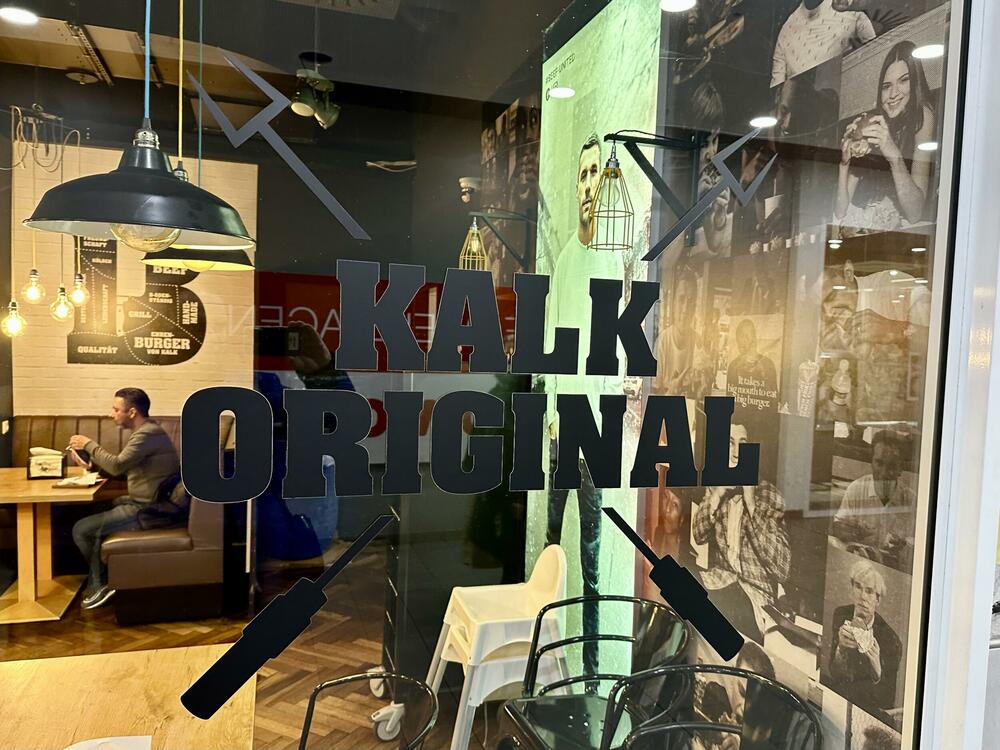
In the coming days I will make sure that it is really good, maybe the best in town. Price - seven euros. People like me remember the doner in Berlin from the mid-nineties - it cost two and a half marks. Or less than two euros. "Original Kalk" can be read on the shop window. In front of a hypermarket, Roma musicians play Jingle bells, jingle bells, Jingle all the way! - they balkanized the American Christmas song so much that I started liking Garava too.
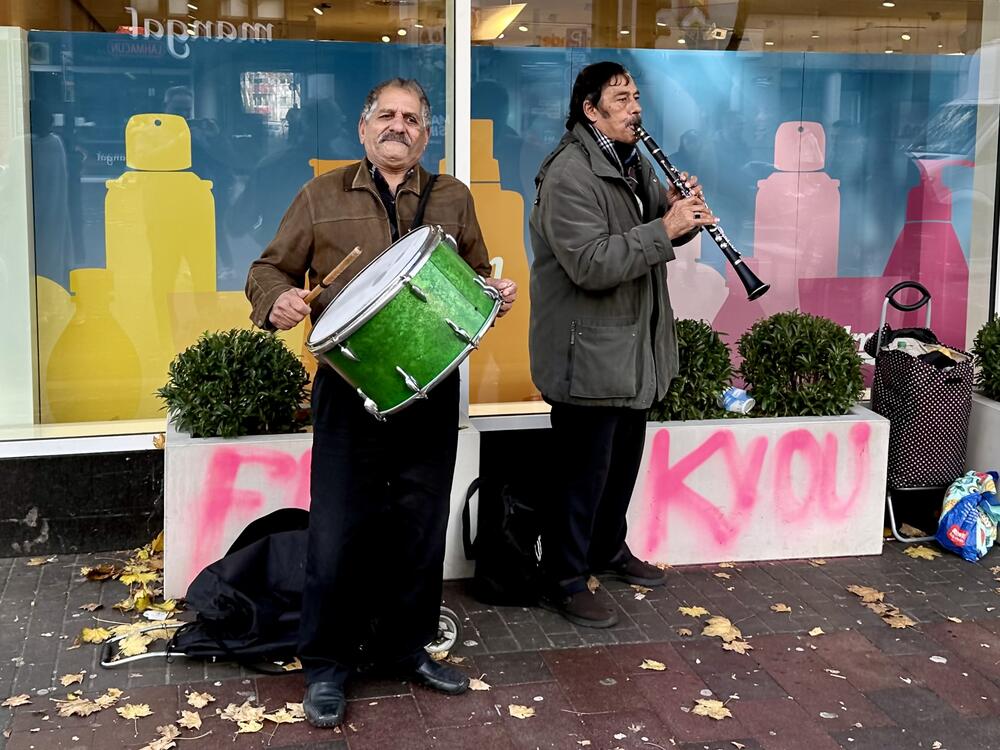
An Arabic grocer, a Thai restaurant, an Italian bakery and a lonely Cologne cafe, more like a pub in the interior, from which hits are played. Entrance to the park behind which is the gymnasium. Then famous shops with cheaper goods. Their concentration in the end shows that wealthy people do not live here. Lidl's competition, supermarkets with truly popular prices such as Neto, Norma, Aldi, are dotted within a few hundred meters. There is also a place under the name of which is written in German in the wrong gender "Syrian restaurant". This man is faster with starting a business than learning a language. The pungent smell of marijuana on several corners. Barbershops as meeting places for new fellow citizens arriving from the Orient. Sarajevo pie in Balkan buregdzinica. You need to recognize which Italian bar is really worth going to. Some are just a local hangout for petty criminals, while others are excellent pizzerias.
Post office and surroundings
People are preparing Christmas houses in front of the beautiful post office building. In a few days, pre-Christmas kitsch will sparkle here, mulled wine and barbecue will smell. On the other side of the street, right behind the subway station, is the Cologne Arcade shopping center. In it, in addition to all those branded products, the somewhat underrated citizens here can feel metropolitan.
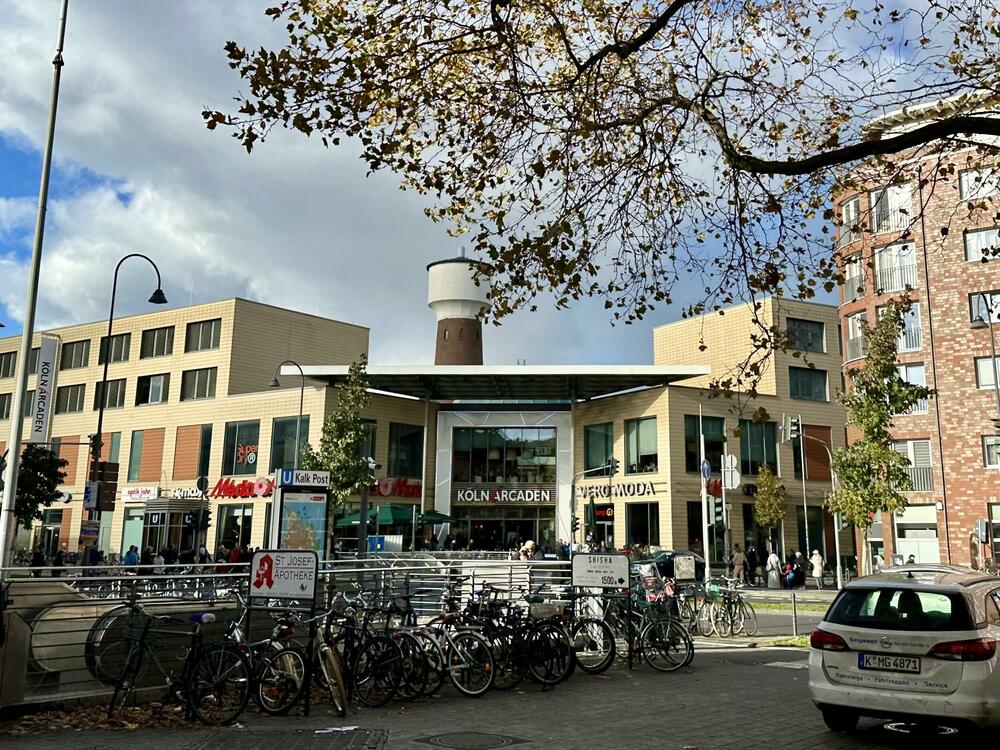
Next to the post office, Trimbornstraße leads to the city train station. Ornate 200-year-old buildings in the same row with buildings built in the fifties and sixties of the last century, when Germany was rising from the ruins and there was no time for facade decorations. Four fifths of Kalk were destroyed in the Second World War.
Down the street a moody day spilled some sunlight. Right on the first corner is the Far Eastern Martial Arts Center, and behind the overpass is an excellent Moroccan grill. Here you can eat delicately prepared chicken at prices that you can only dream of in restaurants.
I return through the side streets making a semi-circle. I peek into ordinary courtyards, neat alleys, quiet entrances. The hustle and bustle of the main street seems very far away, and it is only a few steps away. I break out again at the Chapel.
Cologne hamlets, brick and limestone
For the first time, Kalk was mentioned about a thousand years ago as Vila Kalka. Villa meant a farm in Latin, and Kolk in the local dialect is something like a pond. What today sounds posh in translation meant "Country bar".
However, there is another interpretation of the name Kalk. The ancient Romans allegedly used this place to store the limestone they extracted from the nearby quarries. Ancient Cologne was being built, and for that it needed both stone and lime. And Kalk means lime in German.
Regardless of whether it originally meant "Country pond" or "Krečana" among the slightly arrogant gentlemen on the other side of the river, this toponym at best caused a derisive smile. In the Middle Ages, there was a kind of hospital here, to which the seriously ill and infected were sent from the nearby village of Dojc, who spent the rest of their days in misery, hoping for alms from passers-by who came to Cologne from the nearby hills.
Kalk was not spared the great sword of history - the Thirty Years' War brought Swedish troops who ravaged the surroundings. Neither plague nor famine were absent. It will also be remembered in 1784, when the ice on the Rhine piled up to the height of houses, breached the embankments, and when it melted, the Rhine submerged Kalk.
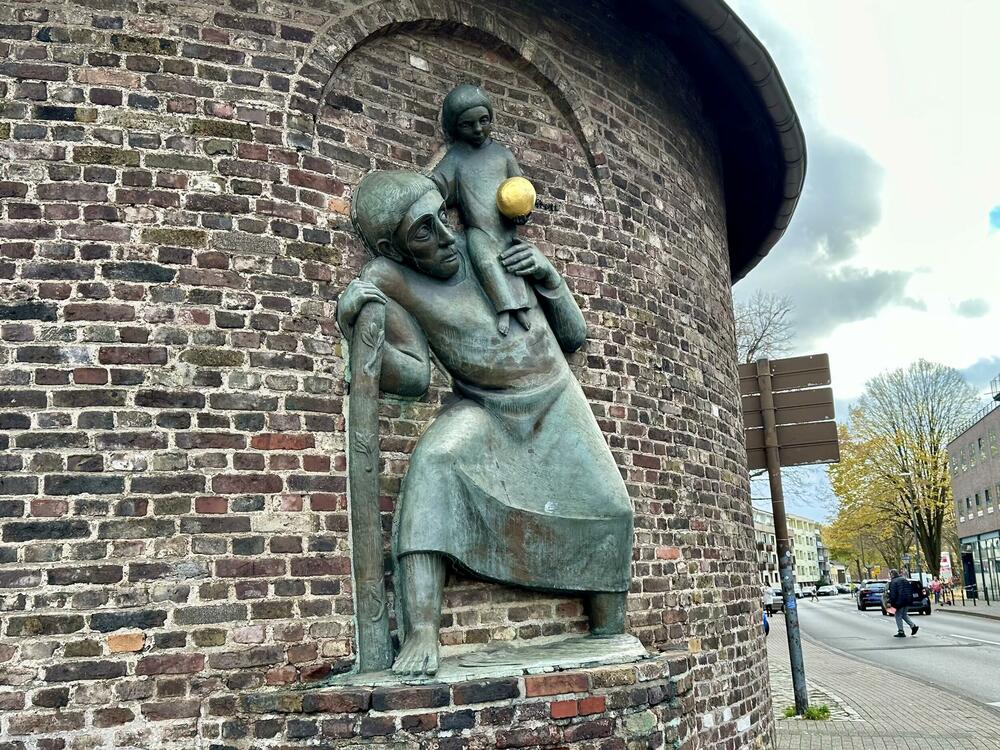
When the plague struck Cologne in 1660 and spared Kalk, the grateful inhabitants built a chapel dedicated to the suffering of the Virgin. A 15th-century pieta, a figure of the Virgin with the dead Jesus in her arms, is preserved in the Chapel. The chapel was demolished three times, the last time in the Second World War.
When I get out of the subway at the Kalk-Kapelle station, the first thing I see on a dark reddish brick wall is the figure of St. Christopher, who, according to legend, is carrying the baby Jesus across the water on his back. Sculptor Hein Mickenberg was devoted to Christian art. His Christifor, created in 1957, is bent under the burden - he carries not only a child on his shoulders but also redemption for the whole world - but he does not give up.
Brickworks and sand warehouses were first established in Kalka, because the city across the river began to grow rapidly. Industrial plants were not allowed to be built in the city itself, so areas such as Ehrenfeld, Milheim and Kalk turned into construction sites for the factories of Cologne industrialists - chemistry, machinery, porcelain. They even tried to extract coal, but the underground water prevented that plan.
Failed mine, successful brewery
The site of a failed mine was bought by the Ziner brothers in 1858 with the intention of expanding the brewery they had founded a few decades earlier. This is where the brick building, better said the temple of beer and brandy, was created, the oldest beer production facility still in use in Cologne.
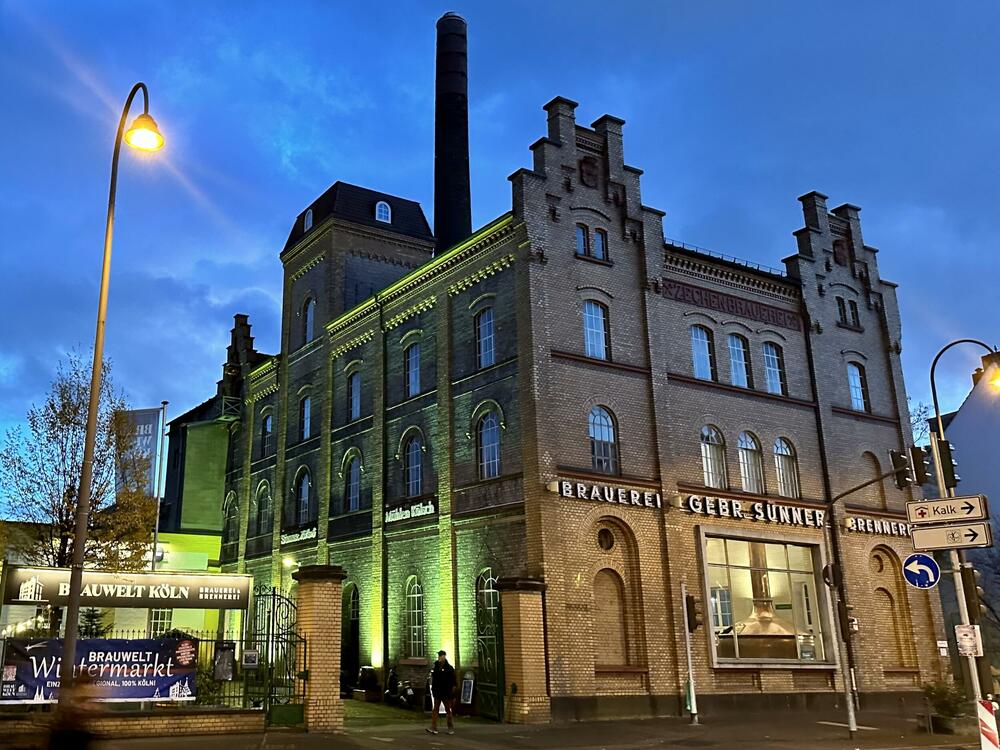
That's exactly where I was headed that November evening. From my entrance to the apartment to the courtyard of the pub with a beautiful garden, it's not even a ten-minute walk. I was accompanied by an old acquaintance, an expert in conflict studies and a retired professor of peace studies, Luc.
We were lucky that the Beer Museum with a shop in the main building was open. We saw the original machines and the beautifully decorated interior of the former production plant, where visitors today can enjoy tasting beer and liquor, listening to the curator talking about the history of this place.
After that we went down to the restaurant beer hall in the basement. Deep underground the three great halls were almost full. Although there was no music, decibels of excited voices filled the acoustic space.
We ordered one "beer sample" each - for five euros you get four types of beer for inspection. The system taken from the winery is really good. After such an experience, everyone can find their own beer, as the palette of flavors is wide, from bitter lager, to somewhat wild unfiltered beer, to black malt beer, the taste of which the name alone gives away.
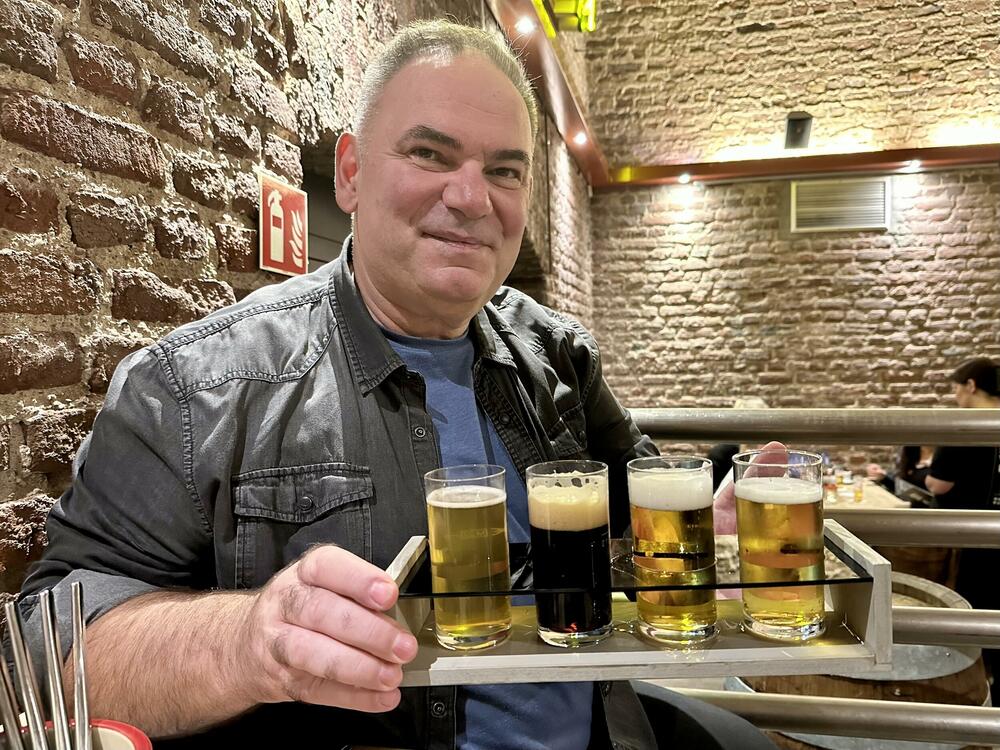
Along with all this, we dined on sausage with raštan, a type of wild cabbage, which is said to have more calcium than milk, more iron than steak and ten times more vitamin C than spinach. At that moment, the most important thing for me was that the dish was perfectly prepared. How can I not love this area, when it has a beer institution like this in its heart?
Villa Kalka
Before we go our separate ways, we will stop by the cafe located right next to the Town Hall, where various courses are held, from German to crochet. The cafe is called Vila Kalka, it has retro furniture, pleasant music, excellent cappuccino.
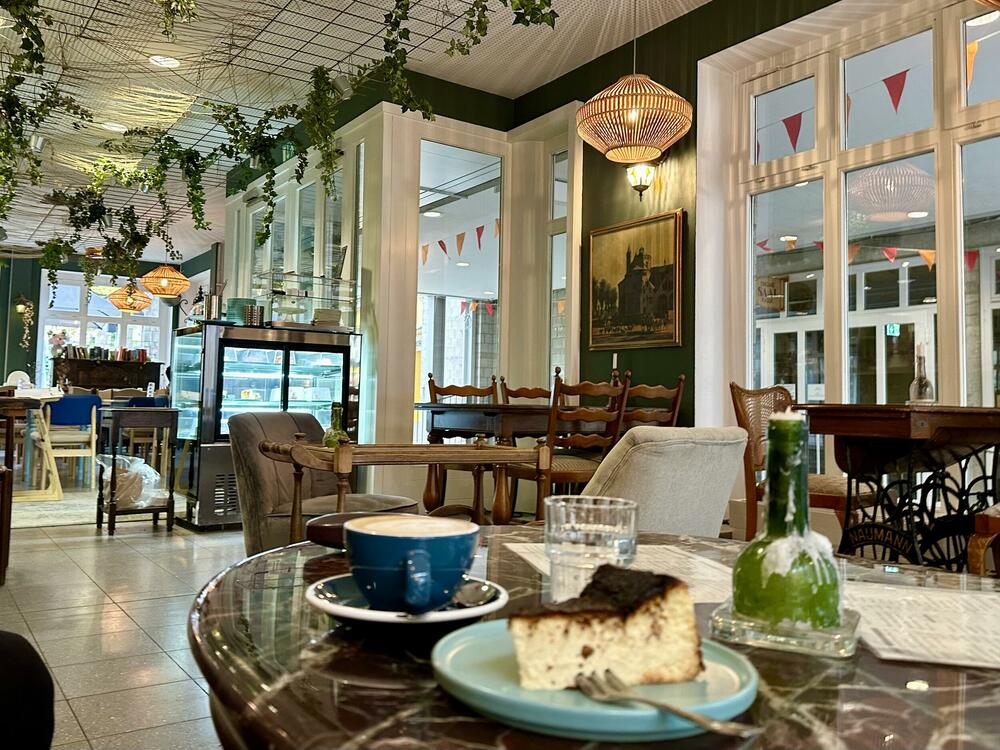
Luc, who lived in both Berlin and Paris, is surprised by the similarity of this interior and the best bars where he used to spend time in those metropolises.
Villa Kalka completely won us over with the fact that there is a Japanese woman in the kitchen who is an expert cook, but she perfected her pastry skills in Paris. Judging by the Basque cheesecake taste, this Japanese-French-German combination is pure luck for Kalk. Hence, it is not difficult for a person to feel at home here.
Bonus video:



